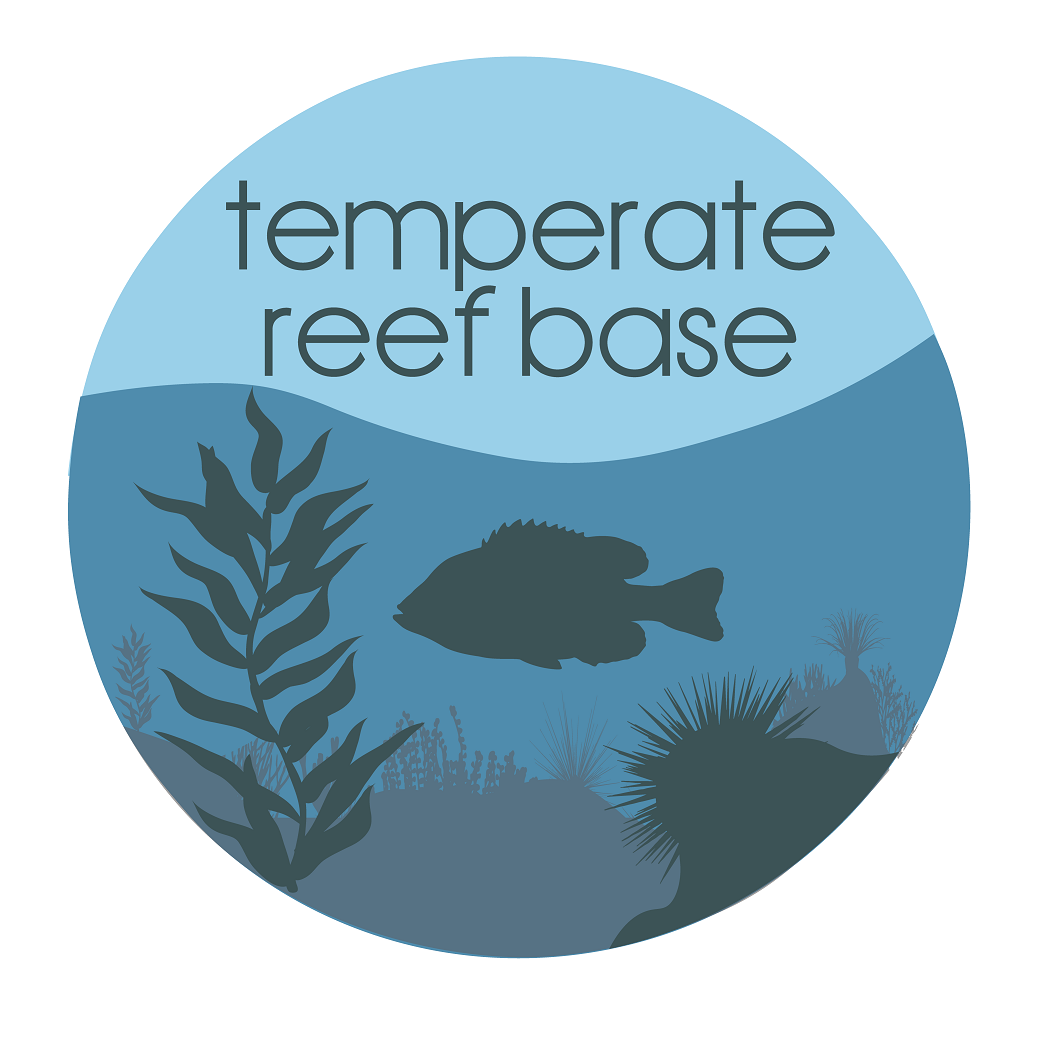WATER TEMPERATURE
Type of resources
Topics
Keywords
Contact for the resource
Provided by
Years
-
Temperature loggers have been deployed at a range of sites statewide in waters ranging between 6 and 22m depth. From 2012, 29 sites around Tasmania are being monitored. This record shows data collected from 2004 up to March 2025. Data is still being collected (July 2025) and will be added to this collection as it becomes available.
-
The occurence and distribution of zooplankton species off the east coast of Tasmania was investigated between 1971 and 1973. Samples were collected at stations distributed along three transects extending seaward. Temperature and salinity data was collected at the same time.
-
Zooplankton samples were collected at inshore coastal waters of south eastern Tasmania, between the years 1971 and 1972. Three stations were selected to cover the D'Entrecasteaux Channel, mouth of the Derwent River and the Storm Bay areas. Surface, midwater and bottom zooplankton samples were collected monthly for a period of twelve months during the day as well as night time, using horizontal tows. Data for temperature and salinity were also obtained from the stations.
-
Zooplankton samples were collected at two sites in south eastern Tasmania, between the years 2000 and 2001 using two types of plankton net. Samples were collected using horizontal hauls during the daytime only. All copepods, salps and chaetognaths were identified and enumerated.
-
Sixty animals were collected from each of Bass Pt, New South Wales (lat 34°35' S, long 150°54' E; August 2000); south side of East Cove, Deal Is, Bass St. (lat 39°28.4' S, long 147°18.4' E; June 2000) and Fortescue Bay, Tasmania (lat 43°8.5' S, long 148°0.0' E; October 2000 and April 2001). To examine the genetic relationship between the three site populations of Centrostephanus rodgersii, allelic diversity and heterozygosity among the three sites was compared using BIOSYS.
-
A 12-month program was developed and implemented in order to obtain baseline information on water quality (salinity, water temperature, dissolved oxygen, turbidity, pH, dissolved nutrients, silica), ecological condition as shown by Chlorophyll a, benthic macroinvertebrates, pathogens, and habitat extent determined from habitat mapping. Five key estuaries and coastal waters were assessed in the Southern NRM Region of Tasmania. The data represented by this record was collected in Pitt Water / Orielton Lagoon.
-
Physical and chemical parameters at five Pacific oyster (Crassostrea gigas) growing areas in Tasmania - Pittwater, Pipeclay Lagoon, Little Swanport, Georges Bay and Simpsons Bay - were measured as part of a study to determine the carrying capacity of the areas for oyster farming. The data represented by this record, was collected in Georges Bay. This has provided valuable environmental data for these areas. The hydrodynamic regimes at each area except Simpsons Bay were studied, including high and low water volumes, flushing rates, flow rates and depth contours. Temperature, salinity and concentrations of nitrates, phosphates, silicates and chlorophyll a were measured monthly at several sites in each area. The change in these parameters over different time scales also was examined at two sites in Pittwater and indicated temporal and spatial variability in the environmental parameters measured.
-
A 12-month program was developed and implemented in order to obtain baseline information on water quality (salinity, water temperature, dissolved oxygen, turbidity, pH, dissolved nutrients, silica), ecological condition as shown by Chlorophyll a, benthic macroinvertebrates, pathogens, and habitat extent determined from habitat mapping. Five key estuaries and coastal waters were assessed in the Southern NRM Region of Tasmania. The data represented by this record was collected in Port Cygnet.
-
This study considered a range of water-column and sediment (benthos) based variables commonly used to monitor estuaries,utilising estuaries on the North-West Coast of Tasmania (Duck, Montagu, Detention, and Black River). These included: salinity, dissolved oxygen, turbidity, nutrient and chlorophyll a levels for the water-column; and sediment redox, organic carbon content, chlorophyll a and macroinvertebrate community structure amongst the benthos. In addition to comparing reference with impacted estuaries, comparisons were also made across seasons, commensurate with seasonal changes in freshwater river input, and between regions within estuaries (upper and lower reaches) - previously identified in Hirst et al. (2005). This design enabled us to examine whether the detection of impacts (i.e. differences between reference and impacted systems) was contingent on the time and location of sampling or independent of these factors. This data includes sampling from Duck River, Montagu River, Detention River, and Black River.
-
A 12-month program was developed and implemented in order to obtain baseline information on water quality (salinity, water temperature, dissolved oxygen, turbidity, pH, dissolved nutrients, silica), ecological condition as shown by Chlorophyll a, benthic macroinvertebrates, pathogens, and habitat extent determined from habitat mapping. Five key estuaries and coastal waters were assessed in the Southern NRM Region of Tasmania. This data includes sampling from Pitt Water / Orielton Lagoon, North West Bay, Port Cygnet, Little Swanport, Moulting Lagoon / Great Swanport.
 TemperateReefBase Geonetwork Catalogue
TemperateReefBase Geonetwork Catalogue